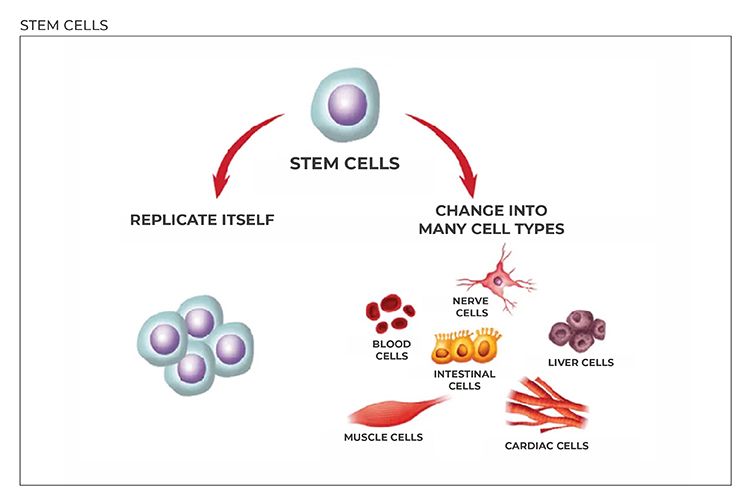Table of Contents
The writers note obstacles that remain, consisting of boosting the engraftment success and cell survival. Because the ISCI and Miller School are leaders around, the writers likewise worry the need to standardize definitions and results steps in the area. "The Hare Laboratory stays at the forefront of pioneering new treatments in this crucial clinical domain.
Currently we are exploring how to harness such stem cells to aid people heal their own damaged hearts."The research is guided by the Cedars-Sinai Heart Institute, with the collaboration of the Johns Hopkins University, where Dr. Marbn worked before joining Cedars-Sinai in 2007. The 24 people getting involved in the research have hearts that were damaged and scarred by cardiovascular disease.

It takes around 4 weeks for the cells to multiply to numbers enough for healing use, approximately 10 to 25 million. In the third and last step, the now-multiplied stem cells are re-introduced into the patient's coronary arteries throughout a second catheter procedure. All people in the research needed to have knowledgeable heart assaults within four weeks prior to registering in the study job.
Later on this summer season, it is expected that 12 more clients will certainly undertake treatments to obtain 25 million stem cells, while 6 additional people will be kept track of as controls. The very first person, Kenneth Milles, a 39-year-old controller for a tiny building company in the San Fernando Valley, experienced a cardiac arrest on May 10 as a result of a 99 percent obstruction in the left anterior descending artery, a major artery of the heart.
The procedure to expand the cardiac-derived stem cells entailed in the research study was created by Marbn when he was on the faculty of Johns Hopkins University. The college has filed for a license on that intellectual residential or commercial property, and has actually accredited it to a firm in which Dr. Marbn has an economic rate of interest.

All funding was originated from the National Institutes of Health And Wellness, the Donald W. Reynolds Structure and Cedars-Sinai Medical Facility. Marbn holds The Mark Siegel Family Members Structure Endowed Chair and Supervisor of the Heart Institute.
Breakthroughs in stem cell therapy for High Blood Pressure explained
Stem cell therapy for heart failure has actually emerged as a new method to deal with and handle the core of the disease.
Nevertheless, stem cell therapy can aid to ease signs and enhance the heart's pumping capacity. This treatment utilizes the ability of stem cells to self-regenerate and self-heal. Complying with the admission of stem cell shots for heart disease, a number of devices come into play: Stem cells for cardiac arrest promote the formation of specialized heart muscle cells and regrow harmed tissue, boosting the heart's pumping capacity.
There are several sorts of stem cell therapy for cardiac arrest that have gained acceptance following a terrific deal of study. These are kinds of grown-up stem cells that are acquired from bone marrow, fat tissue, and skin cells. They have cell regenerative and anti-inflammatory homes. These are the most common and well-researched types of stem cells.
These are acquired from embryos and have the pluripotent possibility to transform into any type of kind of cells, consisting of cardiac ones. The major problem with these cells is that, as they are extracted from embryos, they have several ethical and legal limitations and are only used in particular circumstances. for the reasons discussed over.
Everything you need to know about using stem cells to support Heart Disease
These cells originate in the heart and are fit to cardiac repair work. Clinical Expert, Swiss Medica doctor The application and therapy of stem cell treatment consists of 5 actions: Patients begin with an on-line consultation with our medical expert and are then evaluated by a cardiologist, who will get the necessary medical history, execute blood tests, and demand imaging research studies to identify whether stem cell treatment for heart failing is a sensible alternative.
We provide stem cells through pain-free stem cell shots for coronary infarction. A very trained medical professional will certainly inject refined stem cells right into the bloodstream; the whole procedure takes much less than an hour. After ending up the heart disease stem cell therapy procedures, our clients will certainly be monitored for any problems and end results.
Navigation
Latest Posts
Overview of the use of stem cells for High Blood Pressure
Innovative approach to Heart Disease that uses stem cells
Next-gen support for Heart Disease with promising results